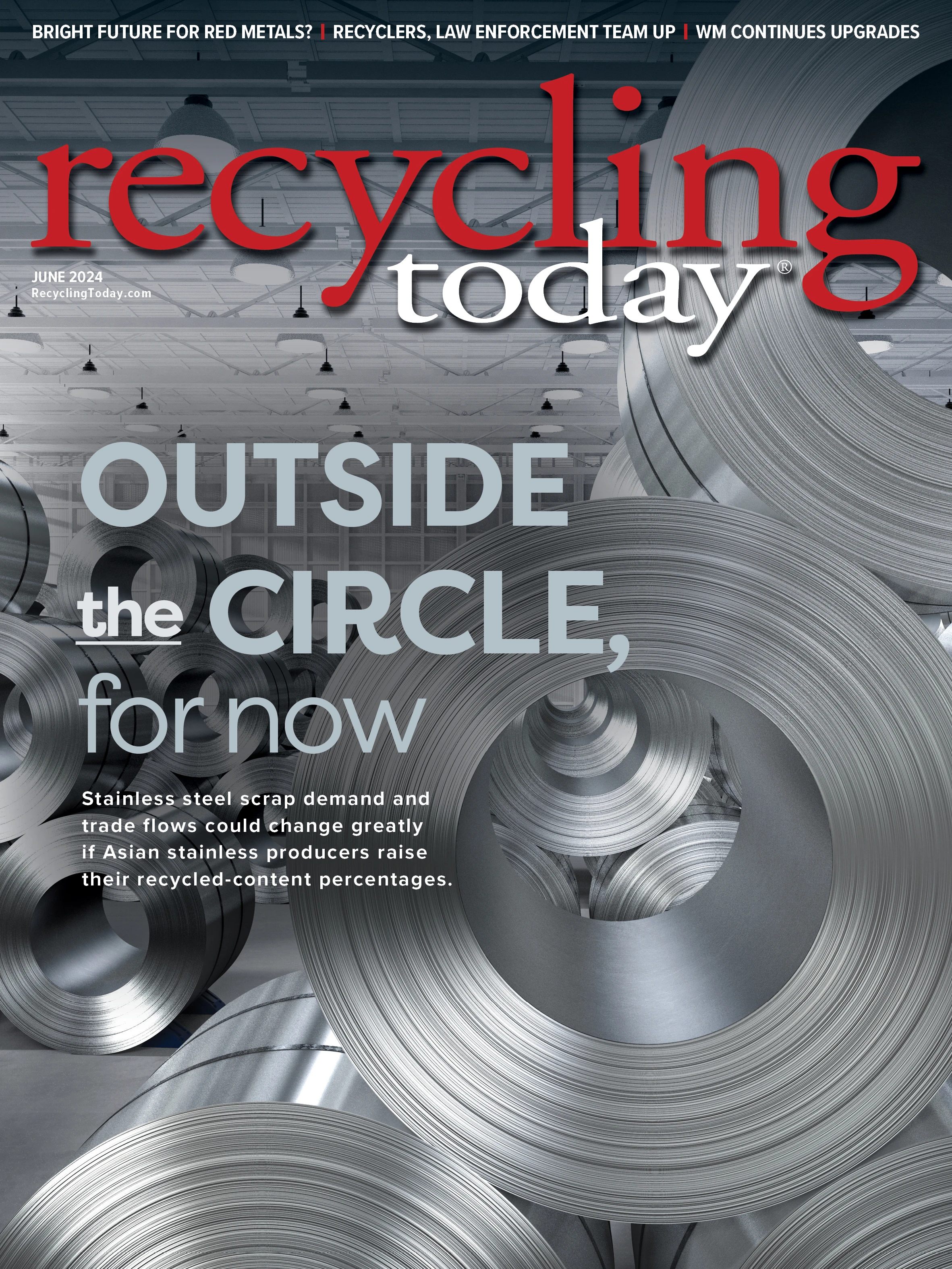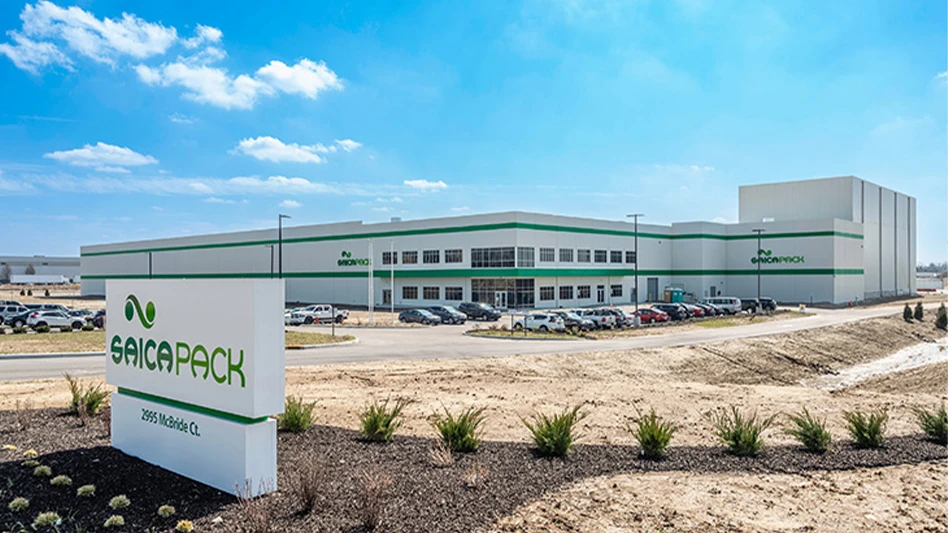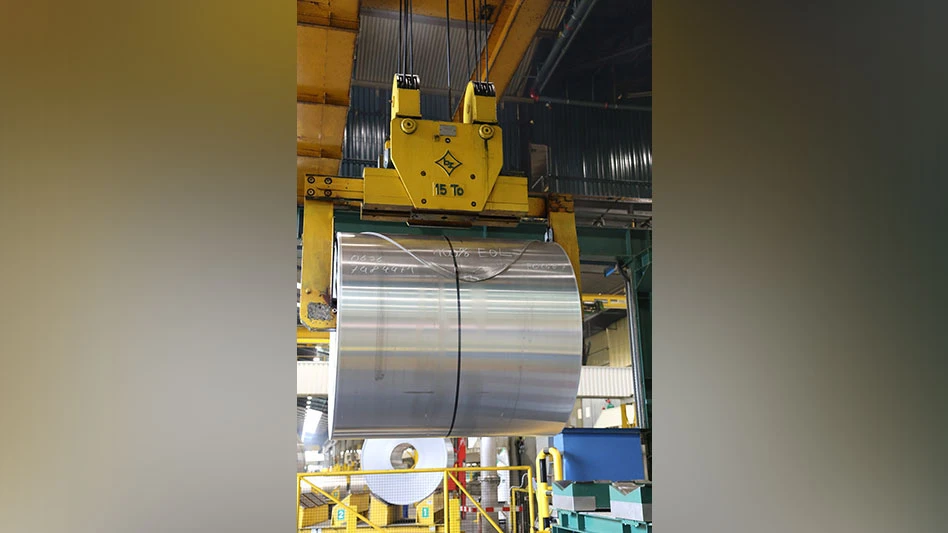Several consecutive months of sideways to downward-bearing prices for recycled steel was the topic of an early May webinar hosted by the Washington-based Recycled Materials Association (ReMA), formerly the Institute of Scrap Recycling Industries.
The group co-hosted the webinar along with Davis Index, and the online gathering featured comments from a scrap processor and a global trader who reviewed recent supply and demand factors influencing the market.
Kalvin Adams, vice president of business at Orange, California-based SA Recycling, said domestic steel mill order cancellations seemed to have played a role in keeping the price of scrap from rising in April and May.
“I think a lot of participants were awfully surprised [in] the last week of April when we started getting mill cancellations,” Adams said. “I think we all started out April thinking May was going to be a strong sideways [market, but] at the end of April we started getting mill cancellations from all the major consumers, whether it was prime scrap, shredded scrap [or other products], and that was in the Southeast and on the West Coast.”
“I think, over the medium to long term, there’s so much capacity coming on, especially from the EAF side, that there’s going to be a shortage of scrap.” – Kalvin Adams, vice president of business, SA Recycling
Adams, whose company has some 130 recycling facilities, said the result was an early May period expected to be sideways, but with some upward price pressure, instead becoming a “soft sideways market after you start getting cancellations.”
Sellers of recycled steel cannot force a price upturn on their own, but Adams said, “We’re going to fight for sideways, and I think that’s where the market needs to be.”
He characterized the export market as somewhat weaker recently, with a large volume of low-cost Chinese billet currently available to rolling mills that might normally use recycled-content steel from their own electric arc furnace (EAF) or induction furnace melt shops.
That circumstance is lowering containerized ferrous scrap demand off the East and West coasts, and domestic mills might be able to take advantage of the lack of overseas competition.
“I’m not sure where exactly this month trades out,” Adams said regarding the rest of May. “I think, over the medium to long term, there’s so much capacity coming on, especially from the EAF side, that there’s going to be a shortage of scrap. I think this year overall we’re going to trend higher.”

Adams’ fellow panelist Arshdeep Singh, director at Singapore-based trading firm Vital Solutions, said demand has been weak in Asia recently, contributing to scrap prices that stubbornly have refused to rise.
Singh said China has played a major role in that market weakness, especially in northern Asia, in part because of issues in its real estate sector. “You see some of those exports, billets, come out and start at cheaper and cheaper levels,” he said. “The flat products and HRC [hot-rolled coil] are coming out and being offered at lower levels.”
That story has been playing out for countries including South Korea, Taiwan, Vietnam and others with respect to subdued overseas scrap demand and a down real estate market. Additionally, Singh pointed to high interest rates and a general lack of demand as hurting the ferrous sector.
In South Asia, Pakistan and Bangladesh have experienced severe foreign exchange issues.
“Foreign banks can’t extend limits to mills who want to import scrap for their steel,” he said. “Their first preference would be to bring in food products and fertilizer [for example]. ... It’s fairly tight on what Bangladesh and Pakistan will import in regard to scrap,” Singh adds.
Offering better news is India, which he said has maintained some stability as mills have begun restocking since the country’s general elections began in mid-April.
Both speakers pointed to factors that could affect the domestic and global steel sector the rest of the year.
While Adams is excited about more capacity coming online in the EAF steel sector, he also expressed unease about the overall U.S. economy and ability of processors to operate in a low pricing environment.
“Inflation is not slowing down and production costs are continuing to increase,” he said. “That new floor for sales prices for that everyday dealer and processor, that’s going to determine how long everybody can stay alive.
“The fear would be that [a negative economic] event would bring prices below that newest floor, which would then hurt the market overall. Every year there’s a new floor being established.”
Singh pointed to a positive global future demand scenario for recycled steel. However, that same scenario could lead to increased regionalization—and to less global trading—in the recycled metals market.

Explore the June 2024 Issue
Check out more from this issue and find your next story to read.
Latest from Recycling Today
- Green Cubes unveils forklift battery line
- Rebar association points to trade turmoil
- LumiCup offers single-use plastic alternative
- European project yields recycled-content ABS
- ICM to host colocated events in Shanghai
- Astera runs into NIMBY concerns in Colorado
- ReMA opposes European efforts seeking export restrictions for recyclables
- Fresh Perspective: Raj Bagaria







